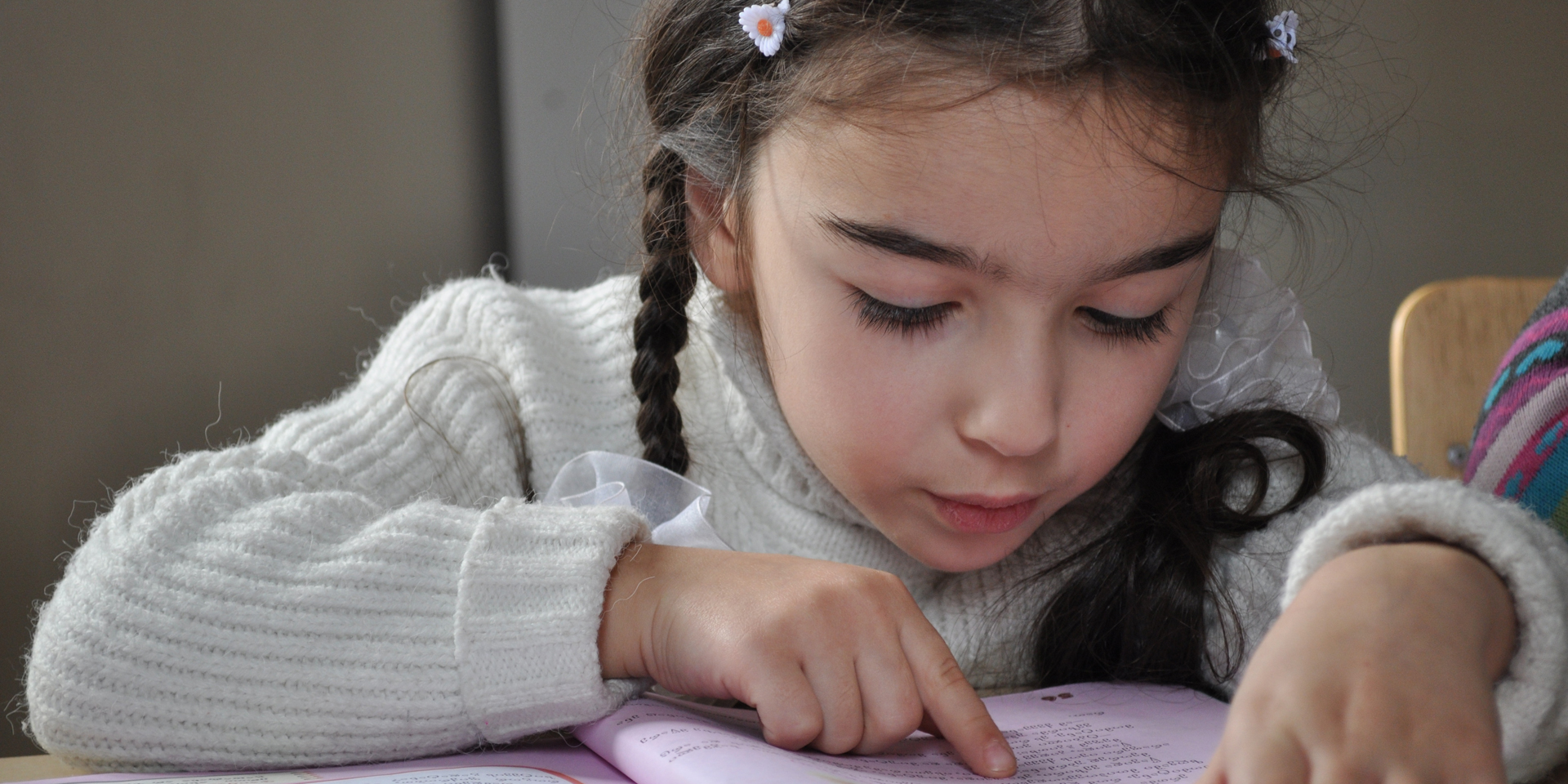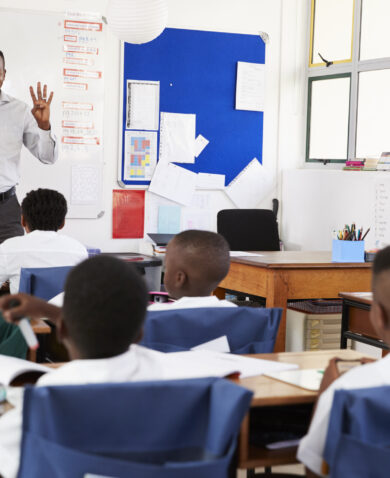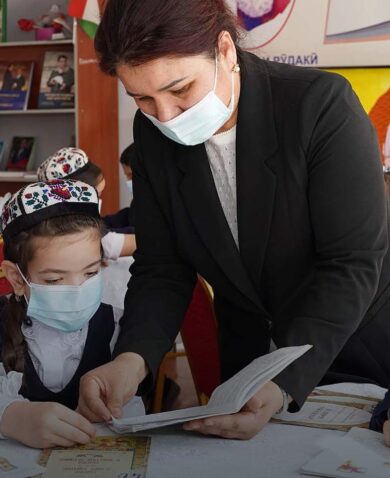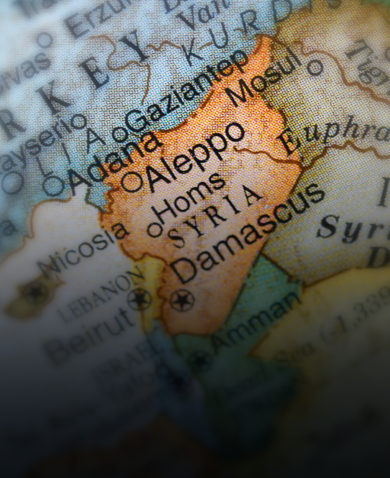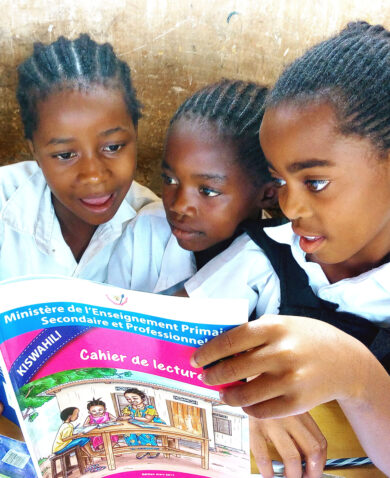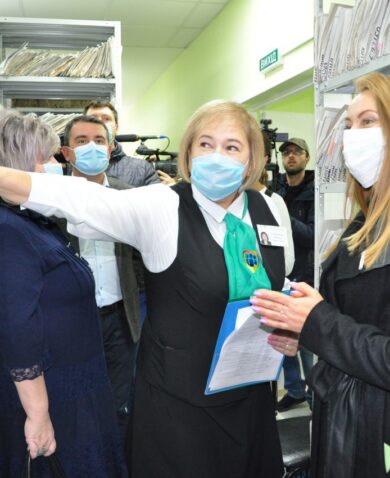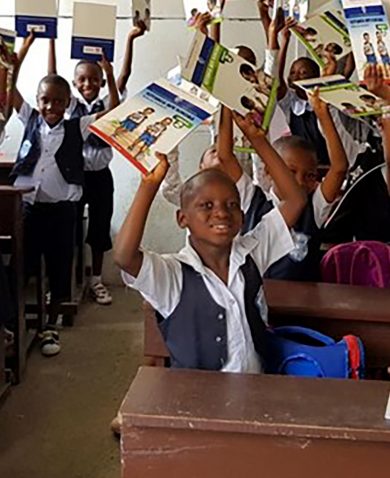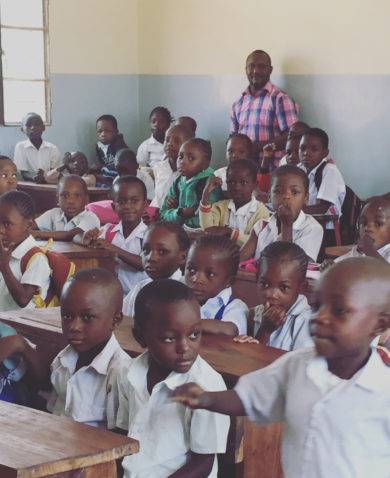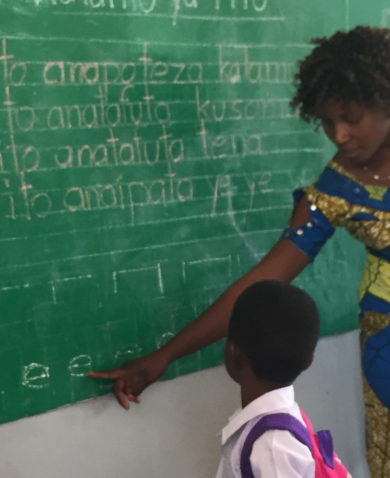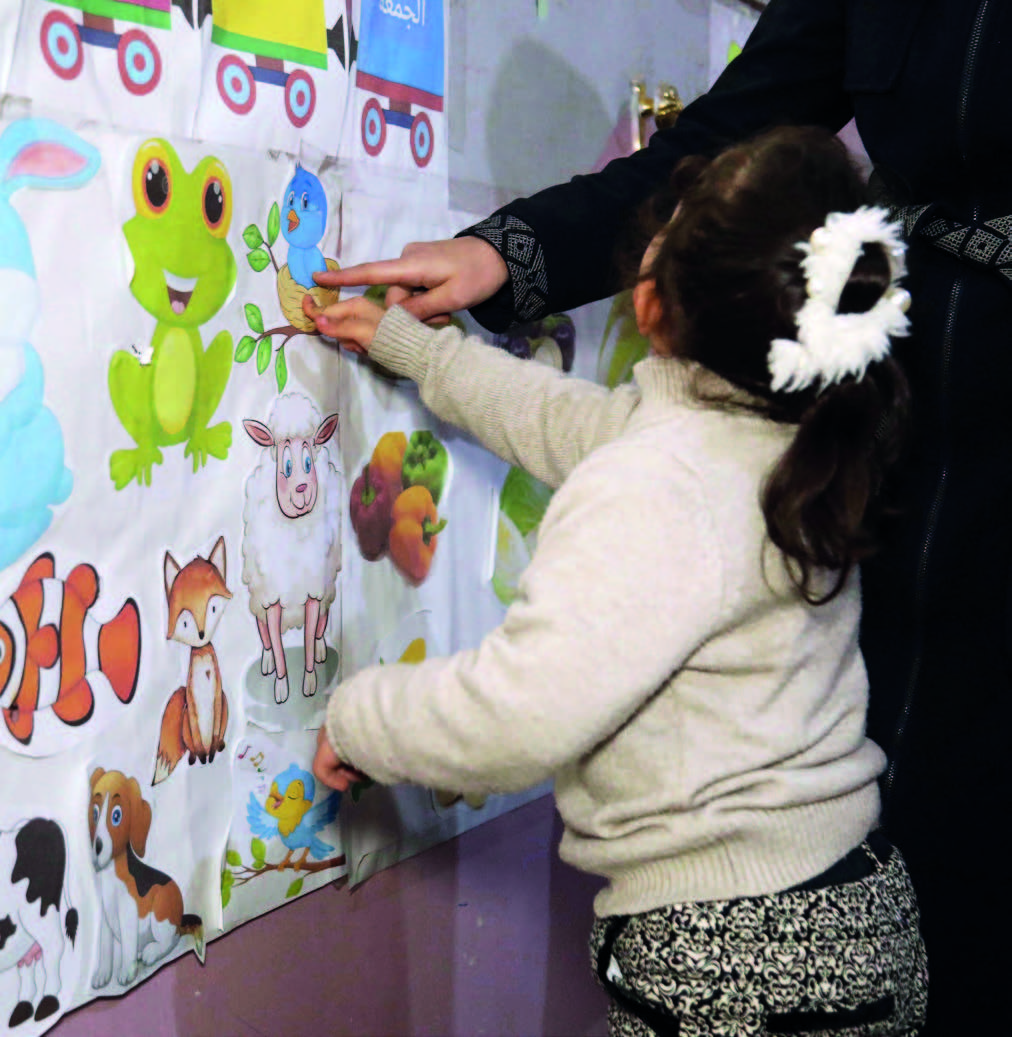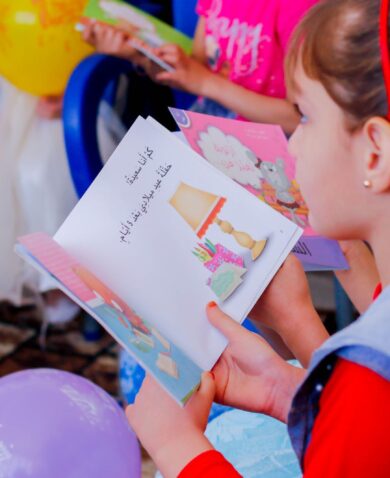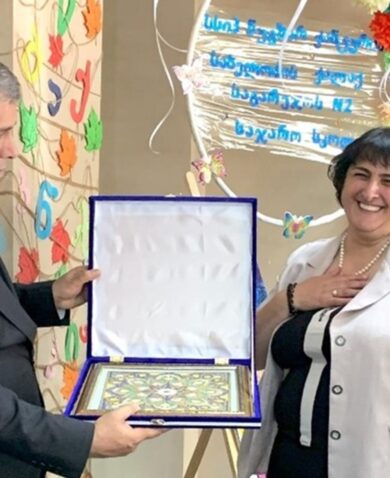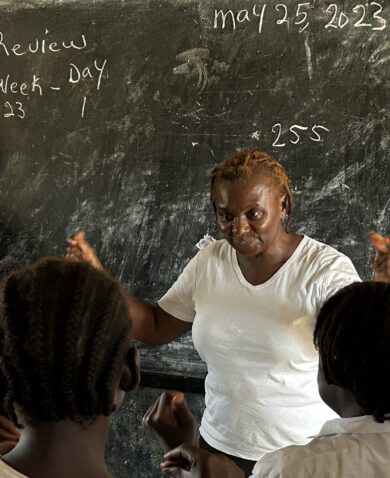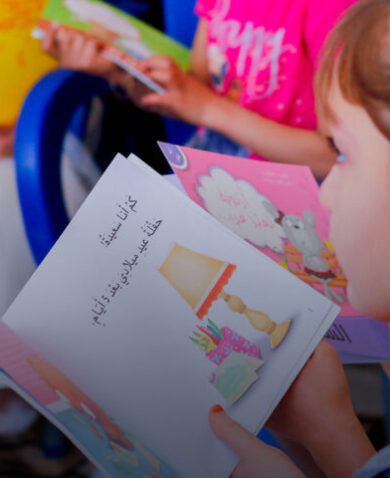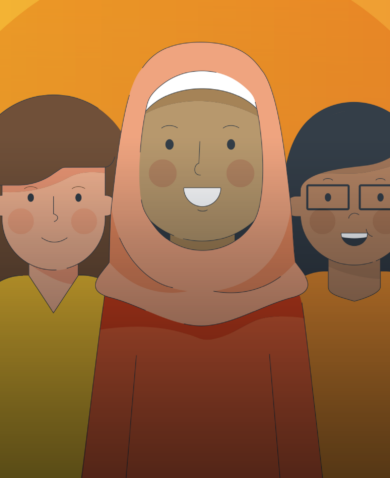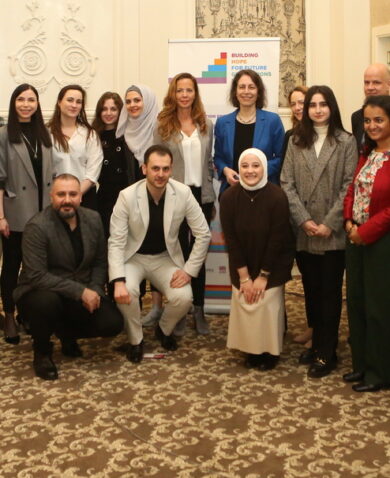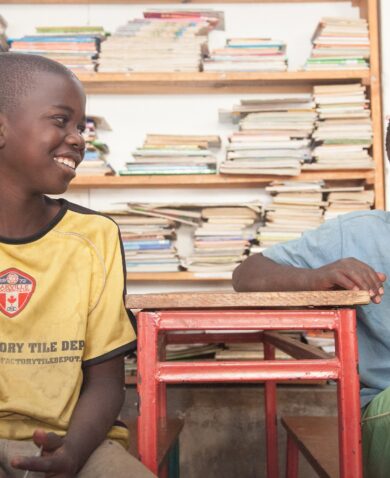The teachers who have participated so far have been enthusiastic. Maia Turashvili, a Grade 1 and 2 language, math, and science teacher from the Gurjaani village primary school, found the training to be relevant and practical. “(We discussed) activities from the viewpoint of teachers as well as students, clearly showing how we should deliver the activity in our classrooms,” she said.
To help teachers like Maia put what they have learned into practice, trainers have observed classrooms across the country and provided constructive feedback. At more than 120 schools, they have also helped form “teacher learning circles” —small groups of teachers who share experiences and ideas for improving their students’ performance — to promote continual professional development.

